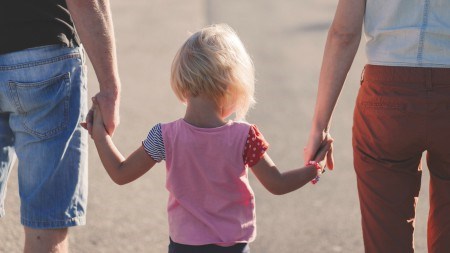While there are many exciting aspects about moving to a new home, the move itself can be a very stressful process, particularly for the children. Here are some tips to help the move go smoothly.
While there are many exciting aspects about moving to a new home, the move itself can be a very stressful process, particularly for the children. A change in routine and possible lifestyle can bring about fear and anxiety in children, especially if they are not fully prepared for what is about to happen. According to international psychological studies a child may become sullen or act out in anger, both of which could be signs of depression.
Adrian Goslett, Regional Director and CEO of RE/MAX of Southern Africa, says that although moving can be an anxious event for children, much of the negative emotional impact can be minimized by the parents being aware of the risks to their children and dealing with the process in a positive manner. “It is important to remember that while moving can be stressful, not all moves are bad moves. Moving can be an extremely positive experience, provided parents can keep their children’s anxiety levels as low as possible,” says Goslett.
He notes that the reason for the move has a lot to do with how much stress is involved in the process. If the move is due to the family upgrading to a larger home or a better neighbourhood, there will be far less emotional upheaval than if the reason for the move is because of a loss of income or the loss of a family unit. “Another factor that will have an impact on the level of stress caused is the timing of the move. According to psychology studies, while very young children and older children handle moving in their own stride, children between the ages of 11 and 14 years old seem to be more affected by a move. This is largely due to the hormonal changes that this age group is dealing with,” says Goslett.
Irrespective of the reason for the move, Goslett says that there are ways that parents can make the transition easier for their children.
Leading up to the move
Communication is key – It is important that parents make children aware of the move as early into the process as possible, as this will give them time to get used to the idea. Children will have a higher level of anxiety if they feel as if something is going on and they are not fully aware of the details.
Highlight the positive aspects – Parents should focus of the positive factors around the new location. In some instances the children might think that moving will mean leaving their favourite things behind, so parents should ensure that the children know that their beloved toys and pets are coming along.
Focus on elements that won’t change – Children often feel most secure when they have a consistent routine and elements that remain the same regardless of the circumstances. Parents can emphasize aspects that will not change during or after the move such as play schedules, bedtimes or the fact that they have a loving family that supports them.
During the moving process
Allow the children to say goodbye – This aspect does not just relate to neighbours and their friends, but also some of their favourite local places such as the park. It might be worthwhile to tell the children that saying goodbye today does not mean goodbye forever and that they might be able to visit those friends or places at another time in the future..
Avoid letting the children see the moving truck – During the move it might be better for the children to be at a friend or family member. Seeing all their possessions loaded into a truck and hauled away can be an upsetting experience for some children.
In the new home
The children’s bedroom should be top priority – Setting up the children’s bedroom first will establish an area in the home that is familiar and safe.
Give the child time to adjust – It will take time to adjust and acclimatize to the new surroundings for both adults and the children. Take the children around the new area and explore. This is a great way to find nearby parks and activities for them to do.
Get involved – The only way to become a part of a community is to get involved. This could be in the form of joining the local church or playgroup. Getting plugged into the community will help make it feel like home far quicker.
Listen – This element applies to all stages of the moving process. It is very important that regardless of the child’s reaction to the move, they know that their parents are listening and pay attention to their emotions and needs. They may need to be reminded that there is no wrong or right emotion and that their feelings are valid.
“An important element to reducing the stress on the children is the parents supporting and helping each other to deal with the change in circumstances. As with most situations that can have a negative impact on relationships, mutual support is vital to ensure that both adults and children adjust to the move as seamlessly as possible,” Goslett concludes.



